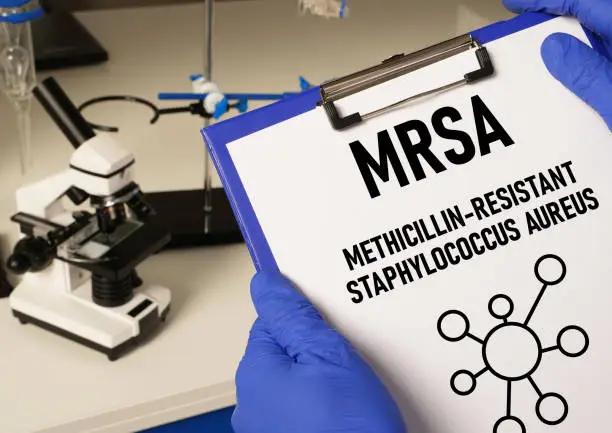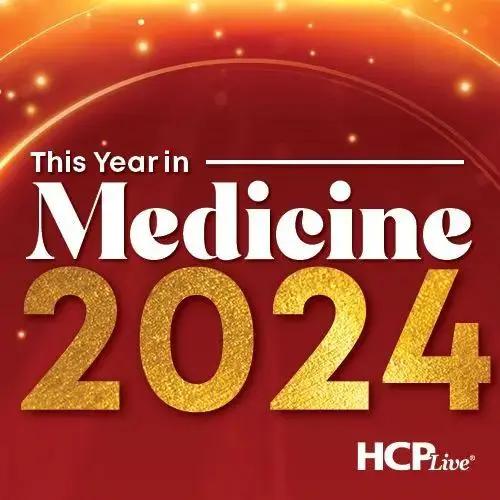MRSA
Image credit: Unsplash

Staphylococcus aureus infections in children lead to higher rates of illness and death, longer hospital stays, and increased treatment costs. This study aims to outline the patterns of antimicrobial resistance for S aureus isolated from pediatric patients at a tertiary hospital in Rio de Janeiro, Brazil. Methicillin-Sensitive S aureus (MSSA) has consistently been the predominant strain, but there was a notable decline in its prevalence in 2020, coinciding with an increase in Methicillin-Resistant S aureus (MRSA).
The study analyzed 255 unique clinical episodes, finding that 164 (64%) were caused by MSSA and 91 (36%) by MRSA. Over the seven years from 2015 to 2022, the prevalence of MSSA remained stable, fluctuating between 60% and 73.3%. Although, in 2020, MSSA prevalence dropped to 52.5%, while MRSA increased to 47.5%.1
The investigators noted that the drop in community-acquired staphylococcal infections in 2020 may be linked to social isolation due to the COVID-19 pandemic. They explained, “This result may coincide with social isolation due to the Sars-CoV-2 pandemic, impacting the reduction in the circulation of other infectious agents and a reduction in pediatric hospitalizations in general, with the isolation of MRSA prevailing in likely more serious cases of hospitalized patients.”1
3 Key Takeaways
- The study revealed a significant decline in MSSA prevalence in 2020, with a corresponding rise in MRSA, likely linked to COVID-19 social isolation measures.
- The analysis of 255 cases showed that most infections were healthcare-associated, with risk factors including recent antibiotic use and the presence of invasive medical devices, and the patient demographic was predominantly male with a median age of two months.
- MRSA isolates exhibited high sensitivity to trimethoprim-sulfamethoxazole and variable sensitivity to clindamycin, highlighting the need for careful empirical treatment due to the significant rates of MRSA in both community and healthcare settings.
Among the infections, 97 (38%) were community-acquired, and 158 (62%) were healthcare-associated. The most collected clinical specimens were blood cultures (35.2%) and wound secretions (17%). MRSA isolates showed sensitivity to trimethoprim-sulfamethoxazole in 90.4% to 100% of cases, while sensitivity to clindamycin ranged from 77% to 89.8% for community and healthcare-associated infections, respectively.1
“Recent use of antimicrobials was the risk factor with the greatest statistical significance in our series (p < .05),” according to the investigators. Regarding predisposing factors for HA-MRSA (Healthcare-Associated MRSA) infections, in the present study it was observed that the invasive medical device most frequently found in healthcare-associated infections was a central venous catheter, but the one with the greatest statistical significance was the indwelling bladder catheter.”1
The study conducted a retrospective analysis of culture reports and medical records for hospitalized patients under 18 diagnosed with S aureus infections from January 2015 to December 2022. They collected data on recent antibiotic use, prior hospital admissions, inpatient units, clinical specimens, timing of infection (community or nosocomial), and methicillin susceptibility classification (MSSA or MRSA).1
More details include, “Regarding the clinical and demographic characteristics of our series, there was a predominance of males, the median age was two months, 76.4% of patients had comorbidities, half had used antimicrobials in the last month and had a history of hospitalization in the last year,” according to investigators.1
The study has several limitations, primarily that it was unicentric and retrospective, relying on the analysis of physical records and culture reports. Another limitation was the lack of molecular and genetic evaluation of the S aureus strains, as the isolates were classified only by the presumed location of acquisition and their susceptibility patterns to antimicrobials.1
To address these challenges with MSSA, experimental studies have suggested that combining anti-staphylococcal beta-lactams, such as nafcillin and cefazolin, with other antibiotics may enhance treatment outcomes through synergistic effects. Although, clinical evidence supporting the efficacy of these combination therapies remains limited, even though some combinations have shown promising results in clearing infections. Treatment failures can still occur despite demonstrated in vitro susceptibility, often due to complications such as biofilm formation and pharmacokinetic challenges.2
References
-
Lessa de Menezes, I., Moura Pone, S. & da Silva Pone, M.V. Clinical, demographic characteristics and antimicrobial resistance profile of Staphylococcus aureus isolated in clinical samples from pediatric patients in a tertiary hospital in Rio de Janeiro: 7-year longitudinal study. BMC Infect Dis 24, 1081 (2024). Accessed October 2, 2024. https://doi.org/10.1186/s12879-024-09986-7
-
Wardlow, L. Treating Persistent Methicillin-susceptible Staphylococcus aureus (MSSA) Bacteremia. Contagion. January 12, 2024. Accessed October 2, 2024. https://www.contagionlive.com/view/persistent-methicillin-susceptible-staphylococcus-aureus-mssa-bacteremia









tyk5oo